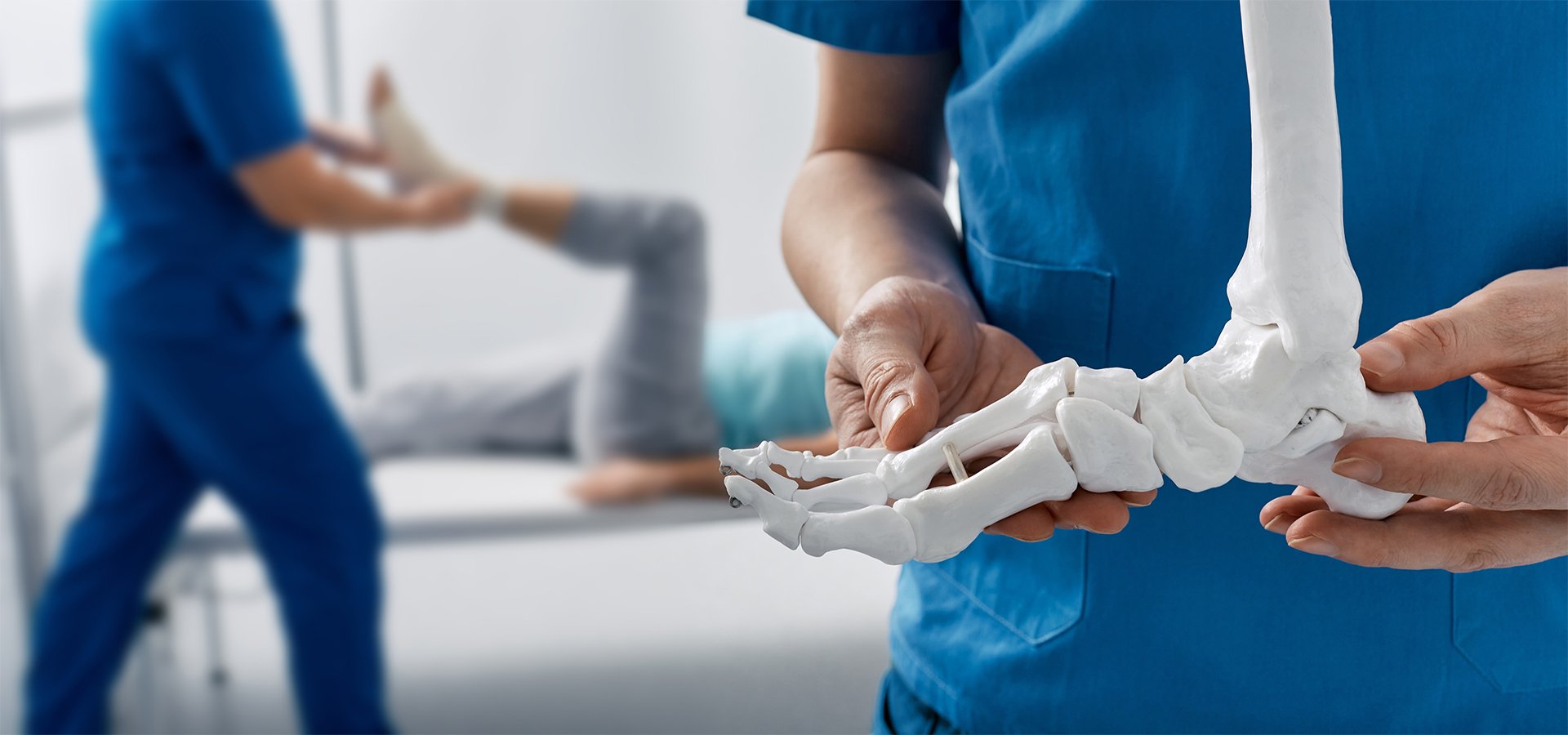
Gait Analysis Equipment for Hospital Lab Research
Hospital lab research provides bedrock information about diagnosing and treating patients with gait dysfunction. Correct and accurate gait measures are essential when diagnosing problems in patient movement and devising long-term treatment plans.
Measuring gait ranges from the stance phase through the entire gait cycle. Unfortunately, many of today’s research labs lack the correct tools for high-quality gait analysis research. Without the right equipment to measure ground reaction forces, pressure distribution, angles of movement, and so forth, you can’t see the entire picture.
Much of the problem comes from the limitations of video and the human eye. The eye often misses small but critical analyses. Even using video has obstacles because it cannot capture what happens between two surfaces pressed together—most saliently, the foot and the ground.
Cutting-edge technologies provide a solution to the gaps in current gait research data. Sensor-based gait technology that relies on sensor grids for motion capture is an effective tool for correcting errors and validating assessments.
Today, we’ll discuss the issues with current gait analysis protocols, how sensor-based equipment can solve them, its benefits, and some of the most exciting applications of gait analysis in the field.
Current Gait Analysis Research: The Problems
Clinicians at hospital research labs often find themselves frustrated by current limits to software and equipment, reducing the quality and reliability of their gait data.
For example, force plates may lack granularity, making accurate motion analysis more difficult. This lack of detail, in turn, makes it more challenging to map gait patterns and identify a pathological gait where one exists. When the analysis system is lacking, you see a cascade of negative repercussions, including:
- Difficulty diagnosing issues or misdiagnosing them.
- Lack of clarity about what happens during short but critical moments.
- Time spent dealing with unreliable equipment rather than running tests.
- Product design deficiencies that decrease the value of your data.
Sensor technology leads to much better clinical gait analysis. Let’s look at the reasons why.
Comprehensive Sensor-Based Pressure Mapping Equipment: The Solution
Gathering sensor-based data from wearable clinical or performance insoles is a much better approach than studying camera footage. Insole sensors map pressure distribution, transmit it to software, and create a virtual picture of what happens over time.
The applications are endless. You can map motion during the stance phase or design better patient footwear.
When choosing sensor-based systems, look for wireless technology. Clinical insoles that slide into shoes and connect wirelessly to software offer valuable information, demonstrating what happens when patients are freed of the constraints of treadmills and stance pads. While the latter are helpful, especially when they employ advanced sensor technology, wireless connectivity is critical for a well-rounded gait research picture and complete range of motion.
Peer-Reviewed Precision Data
The benefits of gait analysis research are far from anecdotal.
One study found that “The centile chart of the gait pattern is a useful tool for clinicians to assess developmental changes in the gait pattern and detect gait abnormalities in children.”
It determined, for instance, that data normalization significantly changed outcomes, that ankle movement differed substantially by age, and that “the hip and knee flexion angles during gait and the normalized spatiotemporal parameters of Japanese children aged 6–12 years differed by age and from those of children from other countries.”
Another study “reported a subject-specific model of a cerebral palsy patient with a stiff knee gait and used it to predict the effect of three different potential interventions. These indicated a preferable intervention, and the post-intervention gait data showed at least qualitative agreement with the theoretical predictions.”
In other words, predictions that are based on gait data and analysis are far likelier to target the correct intervention than those based on vision or camera-based assessments, diagnoses, and treatment plans.
Lastly, a recent meta-study states, “Rapidly emerging smart wearable technology, multi-modality, and sensor fusion approaches, as well as AI-driven computational platforms [are creating] a paradigm shift in the quantification of gait in the clinic and beyond.”
Such specific data is instrumental in forming comprehensive treatment plans and hospital research strategies. So, how can you upgrade hospital research lab protocols by integrating high-quality gait analysis today?
Forming a Comprehensive Strategy
A comprehensive gait analysis strategy reduces challenges in the lab, increases the benefits, and provides some opportunities listed above, but how do you design one? Here’s a quick step-by-step approach:
- Identify the gaps in your current gait research model: Where are your blind spots? What problems do you need help addressing? Where do patient outcomes in your hospital crop up? In the field of broader medical research? Establishing what is missing is the first step to designing better research protocols.
- Assess your equipment: What is lacking? Which systems require lots of rework? Which are outdated or quickly become outdated, requiring replacement?
- Diagnose your software and hardware compatibility: Do your current systems work well together? Where is integration clunky? Where can compatible hardware and software systems solve those issues?
- Consider the available solutions: Look at which systems can address these problems. Discard any that lack peer reviews, are too new to the field to be evaluated, require a bunch of extra integrations, or tie research subjects to a single point in space and, therefore, restrict the results.
Today’s tech market proposes many solutions to the above issues, but none is as advanced as XSENSOR. With detailed sensor mapping, high-resolution data, high frame rate, and compatible hardware and software, it’s the gait research system you’ve been looking for.
XSENSOR: The Missing Tool in Your Research Toolkit
Get ready to reduce rework, increase research outcomes, and use your data better. With walkways, stance pads, and gait and motion insoles, your research protocols will level up like never before.
Want to learn more? Book an XSENSOR demonstration today.

